In this blog post we will explain the main failures in mechanical seals and their possible solutions.
Take note of this!
- Issues causing a failure in the mechanical sea
- Aspects that can cause the failure
- Fallos en el montaje de sellos mecánicos
Issues causing a failure in the mechanical seal
At Lidering we count with a large experience in mechanical seals. So we can ensure than 99% of mechanical seal failures are caused by what we know as “dry working”.
When we speak about dry working we refer to the situation in which contact faces on seals stopped having the appropriate lubrication needed to perform its best. Consequently, there is a friction that speeded up the wear of the piece causing damage and failure on seals.
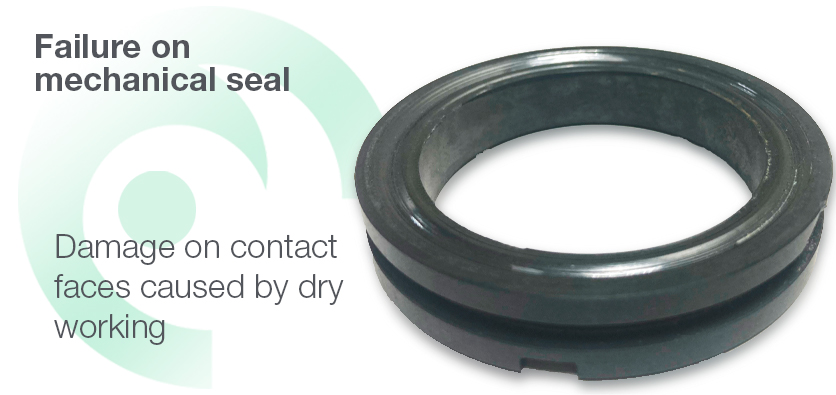
Damage generated in piece because of the dry working is easily visible. We can recognize it when, when observing the contact faces, we see scratches and deep erosions.
We can frequently find a concentric dividing line in the area where the contact faces are. It works as a boundary between the less damaged area and another with a significant damage.
Aspects that can cause the failure
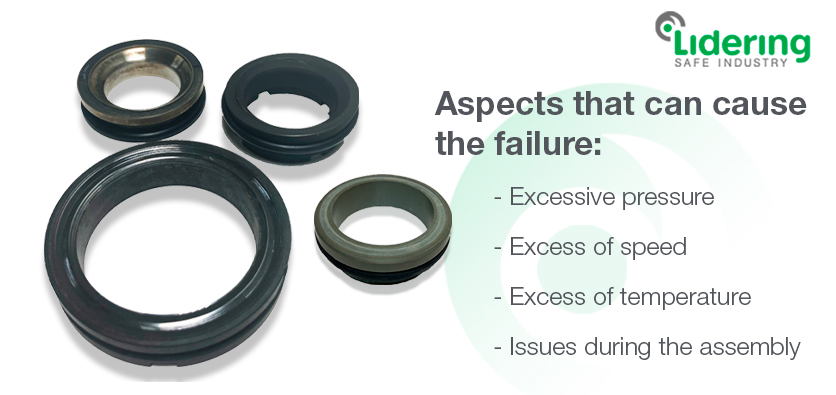
There are different causes that can induce to dry working on the mechanical seal:
- Excessive pressure: failure on mechanical seal can be caused by an excess on pressure, that is to say, the mechanical seal can be brought under some values of pressure that are not admitted by this type of mechanical seal. In this case, there is an excess of closing force between both contact faces. This can cause a big trouble during the pass of the fluid between them, so they finally end working into a dry environment.
- Excess of speed: every mechanical seal can bear certain conditions. A seal is working over the maximum lineal speed (m/s) what can cause an excess of temperature between the contact faces. This will likely cause an early evaporation of the fluid between the faces. Consequently, the faces of the mechanical seal will end up working in dry conditions.
- Excess of temperature: a product fluid closing to the evaporation point can stimulate the disappearance of the lubricant what would entail some dry working between the contact faces.
- Problems with the assembly: every seal has its own characteristics and limitations. If a seal is placed into a space that does not respect its right housing dimensions, it can cause an excessive pressure between the contact faces that could result in dry working. Therefore, a dimensional error can have a negative impact causing failure on mechanical seals.
Failures during the assembly of the mechanical seal
If a mechanical seal falls or breaks during the assembly, it might cause modifications in the design of the piece which can cause potential leaks. It must also be taken into account that, during the installation of the seal in its location, no type of particle is sneaked in there and which could, over time, cause an escape of product fluid.
Other causes of failure on the mechanical seals
Dry working is not the only cause that can crucially and directly damage the mechanical seal. There are other situations and products that can cause a fast wear of the piece and which could require a repair or substitution. It is the chemical attack.
This casuistry can cause several failures in different mechanical seals. Next some of the scenarios:
- We can find acid substances in the contact faces of a mechanical seal that can react against the graphite, one of the materials frequently used in mechanical seal faces. En Lidering disponemos de grafitos especiales que se adecuan a un amplio rango de aplicaciones. Además de las caras de rozamiento, el carburo de silicio también puede verse altamente afectado por sustancias fuertemente alcalinas, tornándose de color verde y perdiendo dureza. En Lidering te proponemos alternativas, como el Silicio Q1, para evitar esta situación de deterioro.
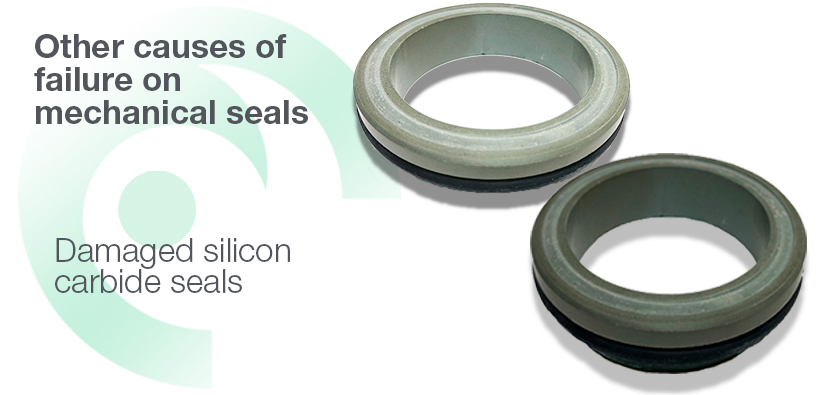
- If talking about secondary seals, as is the case of O’rings, there can also be damage caused by different types of interactions of the materials that compound these secondary seals with the environment. It is the case of the FPM, incompatible with hot water, or EPDM, not recommended mixing with fat and mineral oils. At Lidering we want to advice you to obtain the best choice in every situation within a big range of high quality materials in secondary joints.
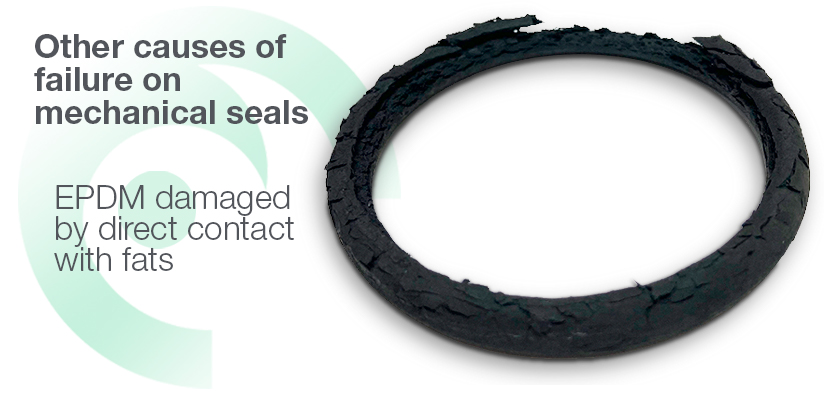
- Springs and other metallic compounds can also be damaged by a chemical attack, for instance a galvanic corrosion. Thus, it is essential the right choice of the alloys in every situation. At Lidering you can find a big variety of materials as AISI316L, DUPLEX or Hastelloy, solutions able to resist against a chemical aggression.
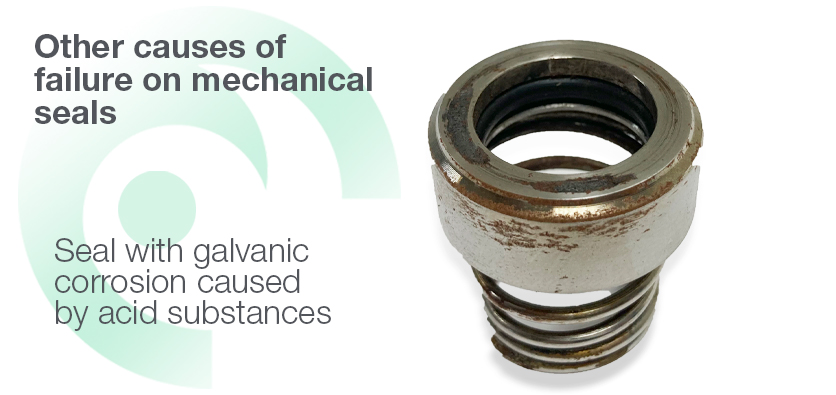
We hope to have helped you to improve the product life of your mechanical seal and avoid possible damage. Please contact our experts through our website to solve any doubt you may have.









